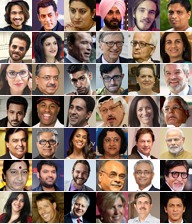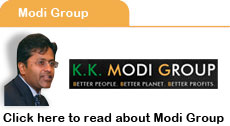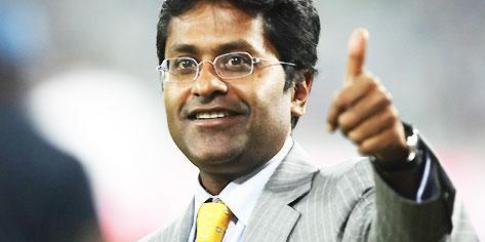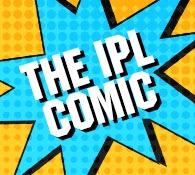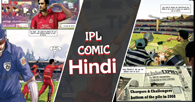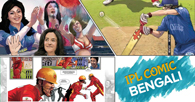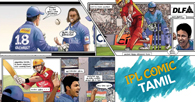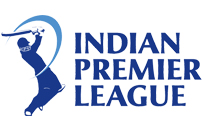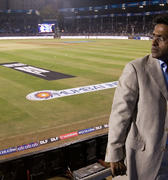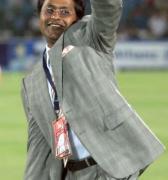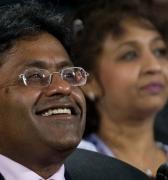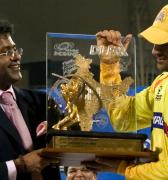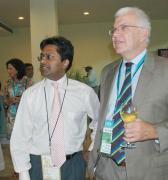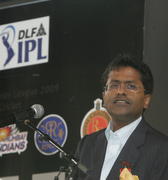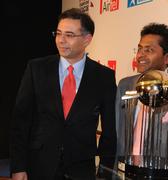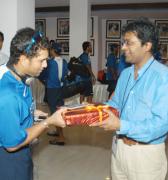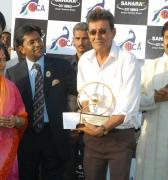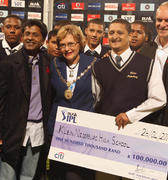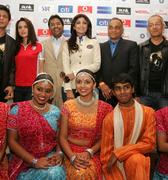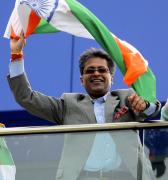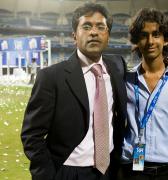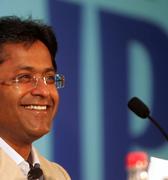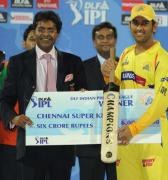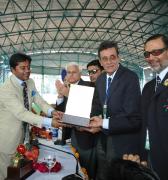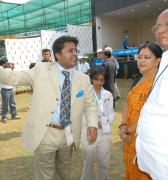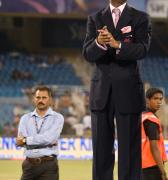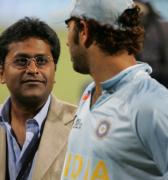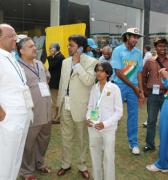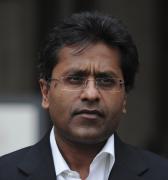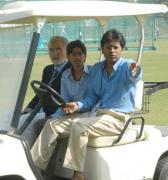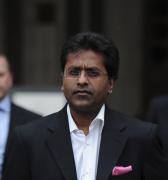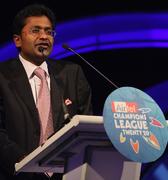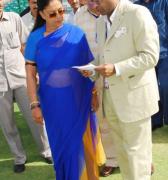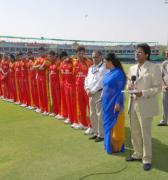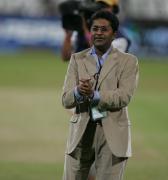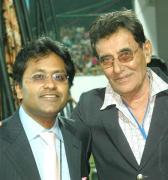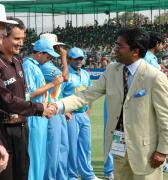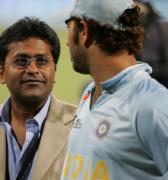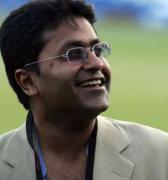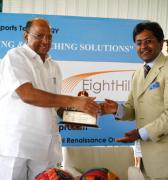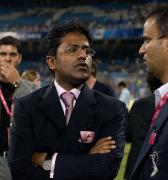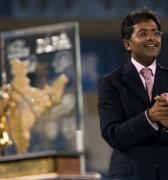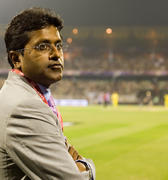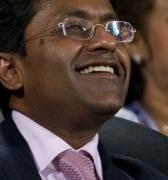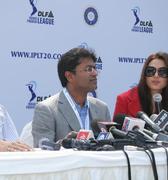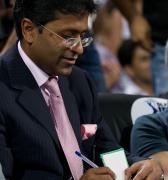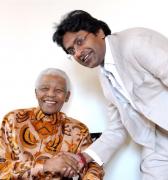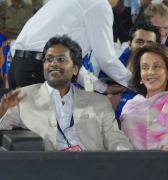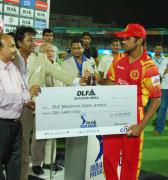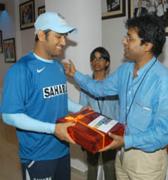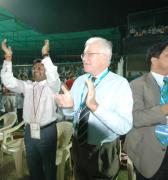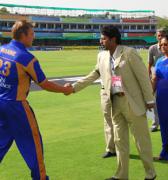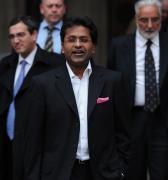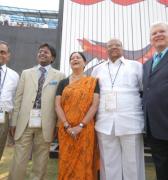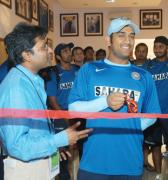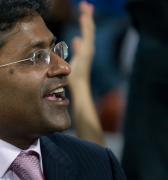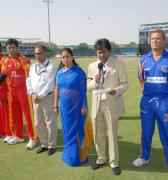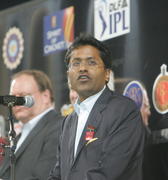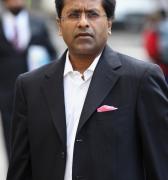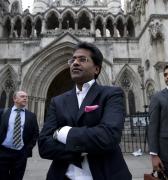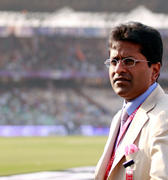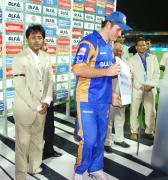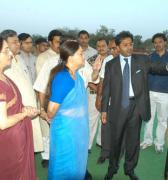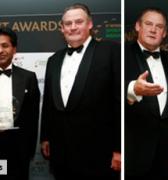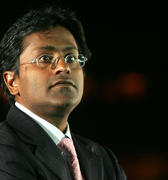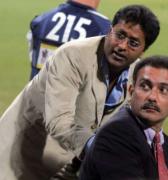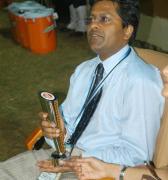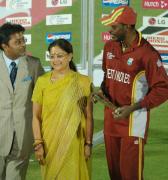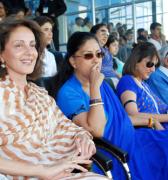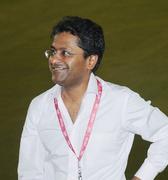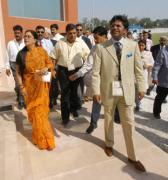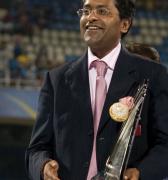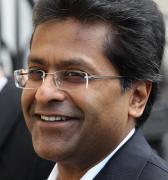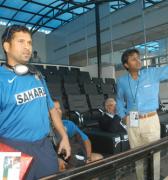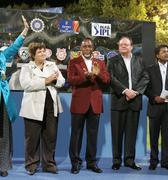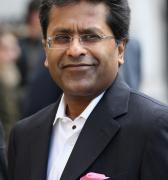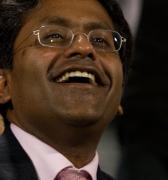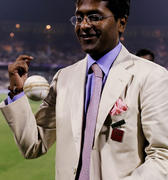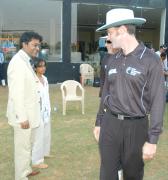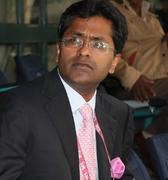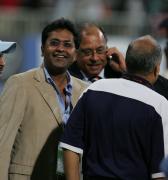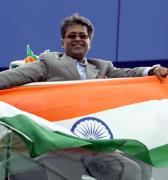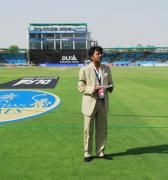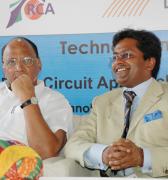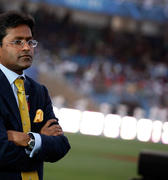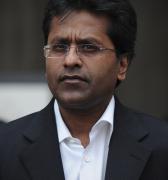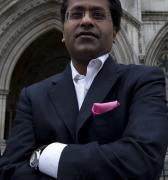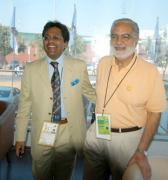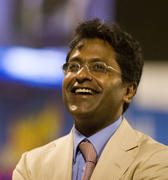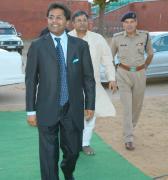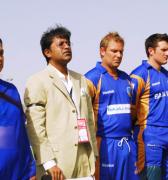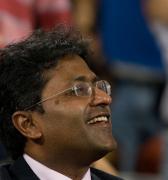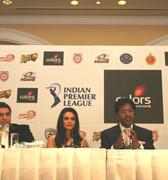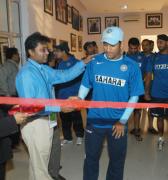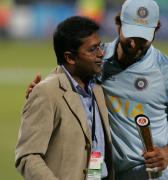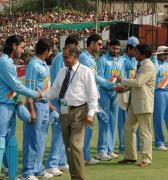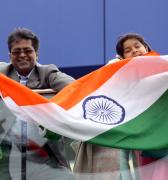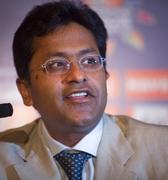The IPL brand, as a single entity including all the stakeholders, was valued at $4.13 billion in 2010, when the tournament was at its peak with former chairman Lalit Modi at the helm.
It was a club-based format of cricket, conceptualised in 2007 by the Board of Control for Cricket in India (BCCI). The operating model of the Indian Premier League (IPL) was based on eight teams representing eight major cities of India.
The tables have turned, and how! There is a frantic search for a new title sponsor to replace DLF Ltd. Kings XI Punjab, Shah Rukh Khan's Kolkata Knight Riders and even Rajasthan Royals are all looking to sell stakes; Royal Challengers Bangalore and the Delhi Daredevils, sponsored by Vijay Mallya’s UB Group and the GMR Group respectively, are witnessing financial stress – all indications that instead of going for a six as earlier envisaged, the IPL games may have come a cropper.
By mid-2012, it had slid to $2.92 billion from $3.67 billion in 2011. Former chairman Modi’s hurling accusations via Twitter, that the Hyderabad team was gifted to BCCI’s “friends”, that the sixth edition would be “structured” to go to “India Cements for a few pennies”' and that nepotism was rife, did not help matters.
Mired in controversies since inception, IPL’s brand value has been diminishing. That, however, is not the only thing to have gone downhill.
Once touted as the lucrative sporting extravaganza, top sponsors appear to have fled, viewer ratings were down for Season 5 and branding consultants have given it a thumbs down. Can the recent buy of the Hyderabad franchise by Sun TV help get the cash registers ringing in IPL's sixth edition?
“Highly unlikely,” says Harish Bijoor, brand strategy expert and CEO, Harish Bijoor Consults. “IPL has lost its sting. Fundamentally, there is a certain degree of fatigue with cricket now. We have overdone it. The goose that laid the golden egg has been killed.”
Satish Diwadkar of the Indian Institute of Management, Ahmedabad (IIM-A), says the reinvented 20-20 form of cricket has taken many avatars, resulting in its death. “It is a case of too much of a good thing. Cricket is the religion of the masses, yes, but several bad godmen have brought it down.”
There have been several sideshows: the Mumbai Cricket Association banning Shah Rukh Khan for five years from entering the Wankhede Stadium; the arrest of Royal Challengers player Luke Pomersbach on charges of molesting an American woman, followed by a 'character assassination' tweet by ‘Prince of Good Times’ Siddharth Mallya – but they are just that, distractions, though in most cases they hogged the limelight more than the match itself.
Brand loyalists state that IPL's devaluation is not just a result of the recent spate of scandals. Though the original intentions were honourable – that buying into an IPL team will translate into a brilliant marketing strategy if the company is able to use the association to grow its core business and become a pan-India entity – Bijoor maintains that the teams’ proliferation has segmented audiences and advertisers alike.
“A one-day cricket match will take advertisers that are national. A 20-20 match will take advertisers that are regional. One-day cricket harvests the passion of an entire nation, while a 20-20 match harvests the passion of the city or State behind the team. For instance, Deccan Chargers would get the support of people of Telugu origin. IPL has basically stratified cricket,” charges Bijoor.
Though most franchisees followed an array of marketing and branding strategies, IPL’s prospects of growth, fuelled by audience and sponsors, did not quite live up to its hype.
Biju Dominic, CEO of FinalMile Consulting, terms the IPL a premature baby. “There is no resistance in a preterm newborns and at the first sign, it goes downhill.” He too blames the overkill. FinalMile tracks insights from behavioural economics, cognitive neurology and anthropology.
“The whole attempt at fan building and loyalty was a very top-down approach. Look at any club in the world, Arsenal or Barcelona, it is a bottom-up approach, which is a piecing together of systems to give rise to grander systems. Right from the city of origin, to the school and university, they (global clubs) build loyalty. Rivalry is a very important aspect in any game, but at the IPL, we didn't go through any of those properly,” says Dominic.
He adds, “A colour and name will not build loyalty for Chennai Super Kings. How do you build loyalty for Chennai with a person like Mahendra Singh Dhoni from Jharkhand? Some of the things were right, like Sourav Ganguly and Kolkata. Mumbai Indians got it right. But for the rest, it created distortions and controversies.”
Though controversies sometimes help build a brand, Bijoor opines it is not just valuations that have gone for a toss with IPL. “It is bad for the overall sentiment. The Sun TV buy has added yet another dimension to the entire valuation exercise. When Sun TV can buy into a team at such a price, there is an immediate comparison with the original bidders,” he adds.
In 2010, two new IPL teams were snapped up for mind-boggling sums: Subroto Roy of the Sahara Group shelled out $370 million for the Pune Warriors, while a consortium of businessmen forked out $333 million for the now-defunct Kochi Tuskers.
Given the growing interest amongst corporates to reach out to their target audience, Mumbai Indians shelling out $111.9 million in 2008 was hailed, as was Royal Challengers Bangalore doling out $111.6 million the same year. Deccan Chargers’ $107 million in 2008 was also heady, but the deal was clearly ‘The Last of the Mohicans’ at that time.
That the brand had started to unravel was clear with the next five buys - Chennai Super Kings’ for $91 million, Delhi Daredevils’ for $84 million, Kings XI Punjab for $76 million, Kolkata Knight Riders for $75.09 million and Rajasthan Royals for $67 million, all in 2008.
Though 2010 once again saw enormous amounts exchange hands for Pune Warriors and Kochi Tuskers, the bickering and altercation helped weaken the brand. As K. S. Chakravarthy of Draftfcb + Ulka insists, the controversies that surround the brand will ensure it won't go back to its former glory, but will continue to be as it is.
“Though only cricket can offer all businesses' comprehensive advertising packages to ensure a significant return on any investment, one can't easily forget the recent arrest of IPL players at a rave party in Mumbai,” adds another official.
Though in his tweet, former chairman Lalit Modi also wanted someone to check the common shareholding between India Cements, which owns the Chennai franchise Chennai Super Kings, and new owners Sun TV, Lodestar's CEO Sashi Sinha notes, “The latest bid is in line with the first round of IPL bidding, though the second round was much higher. Sahara paid much more. They must be ruing the fact now.”
Sun TV might be smiling all the way to the bank, having secured the Deccan Chargers for just Rs 85.05 crore per year. In contrast, Sahara, owners of Pune Warriors, agreed to shell out Rs 170 crore for one year in 2010. But a study released by Brand Finance India notes that IPL’s worth has dropped by 11 per cent from 2010.
“In 2012, the combined value of all the franchisees has come down to $321.12 million from $355.22 million in 2011, and all of them (except Team Pune) have seen a depreciation of 15-20 per cent in their value since last year,” says M. Unni Krishnan, global strategy director of Brand Finance. If the slide continues, he says, it will not be long before the value of brand IPL plummets lower than its 2009 benchmark of $2 billion.
Brand Finance uses three parameters to determine the brand value of IPL: cricketing excellence, corporate governance and marketing and commercial strategies. The second criterion seems to have suffered the most.
Moreover, television rating points too were abysmally low. After the second season, IPL’s viewership dropped steadily. The fifth season opened to all-time low television ratings, with a 19 per cent drop in viewership within the first week, according to TAM Sports Ratings. The first six matches of IPL-5 recorded an average rating of 3.76 against the TRP of 4.63 last year.
In IPL-4, TV rating points were approximately 18 per cent below the previous year. And despite the IPL-5 opening ceremony boasting the likes of Katy Perry doing their jig, the ratings were worse. “When advertisers and marketers don't get bang for buck, as has been happening with the last few IPL seasons, they stop backing the horse. The fall in value is symptomatic of deep-rooted problems,” says an IPL franchise official, requesting anonymity as his team is looking to offload stake.
Adding that there were “problems with the game, with the governing council taking decisions without involving franchisees, with no transparency in financial matters, and almost nil long-term vision about sustainability of their teams,” the official asks, “How long can the brand hold out?”




